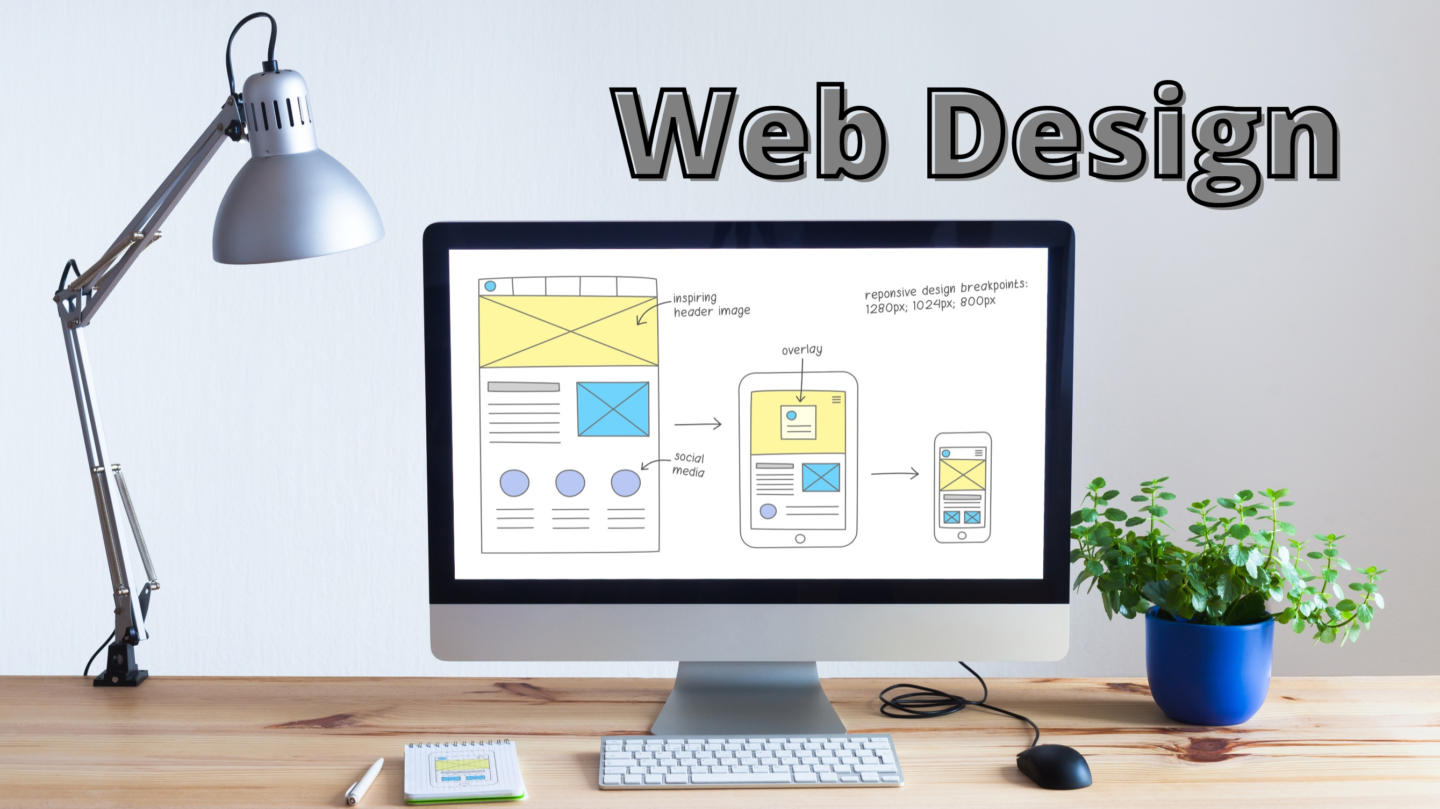Successful digital marketing starts with a strong web presence. From your full-time website to your one-off landing pages, it’s easy to lose legitimacy in the eyes of your audience — and, ultimately, risk losing leads or sales — when you fail to answer the following question:
What Do I Want My Audience to Think on This Page?
You’re probably already answering the more common opening question before building a page: What do I want my audience to do on this page? And, while that’s a valid question, it doesn’t lead to nearly as well-informed design.
The answer to “What do I want them to do?” usually feels obvious, something as simple as: “It’s a landing page for a product, so I want people to buy the product.” Sure, that addresses the ultimate goal, but it skims over a number of important details that will inform the design of your page. It’s important to break it down into the exact steps you’d like a viewer to take — which is directly related to what thoughts you want them to think. What is the thought process you need them to go through to convert? Then, you consider how your page’s design will guide them through each step.
For example, when building a product-specific landing page, you want the viewer to:
- Realize they have a problem
- Understand how your product can solve the problem
- Believe in your product’s ability to solve the problem
- Choose to solve their problem by using your product
The design of your page should walk them through these four steps in order, which informs the hierarchy of your design. In this example, you could address each step like so:
- Lead with a headline that makes a strong problem statement
- Provide quick, digestible bullets that offer insight into how your product works to solve the problem
- Use customer testimonials or statistics to speak to your product’s effectiveness at solving the problem
- Finish with a call to action that restates the problem and positions your product as the solution
Key Takeaways:
Psychology is key to strong marketing — use it in your web design by guiding your audience through the decision-making thought process, from awareness to conversion.
